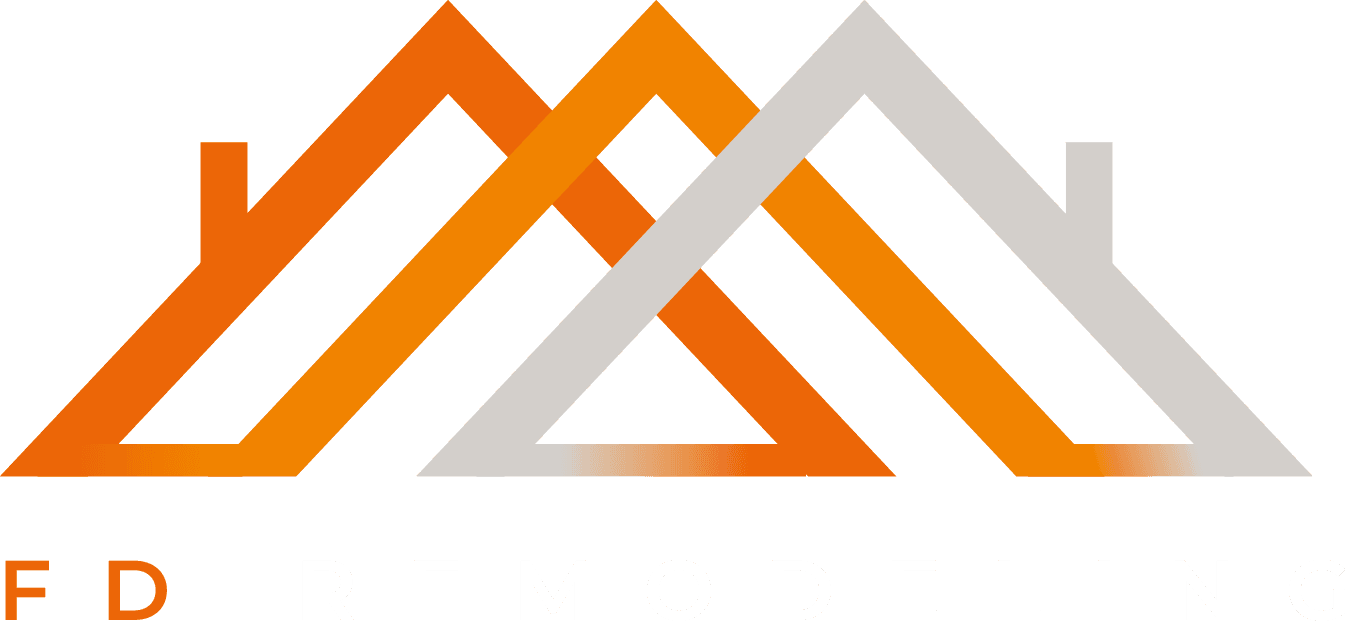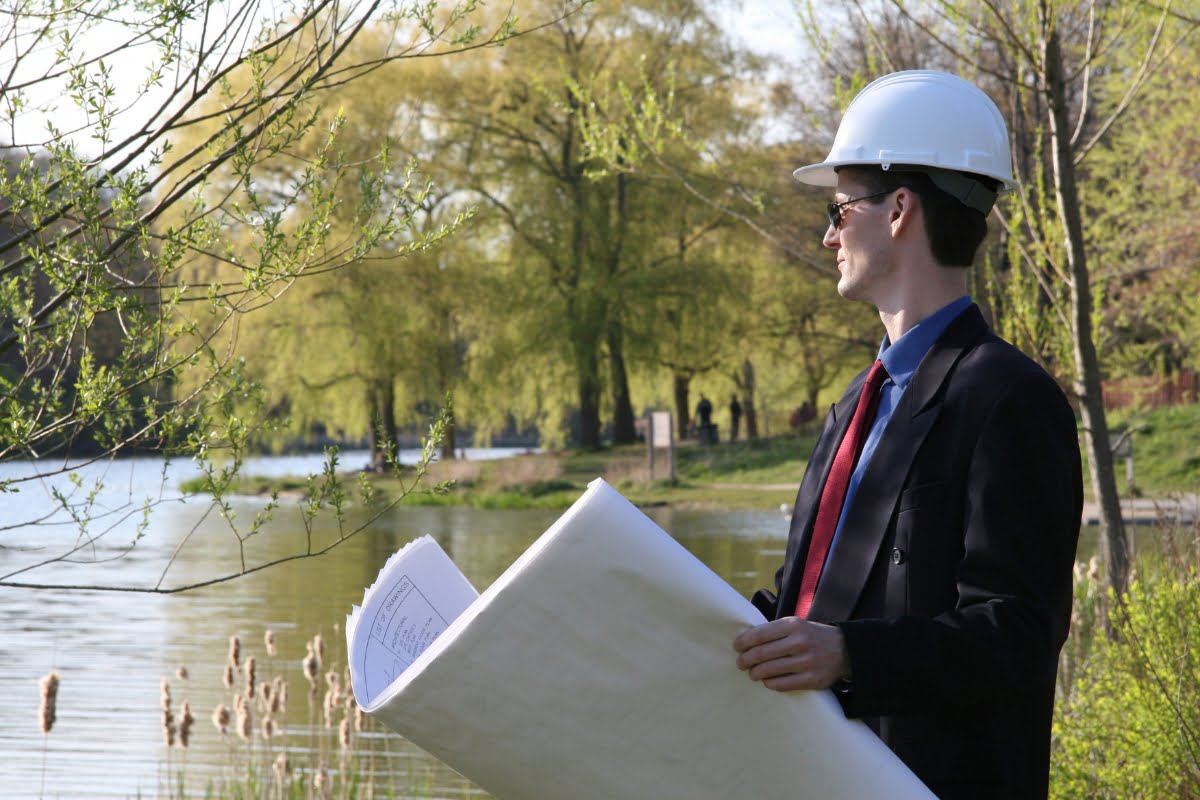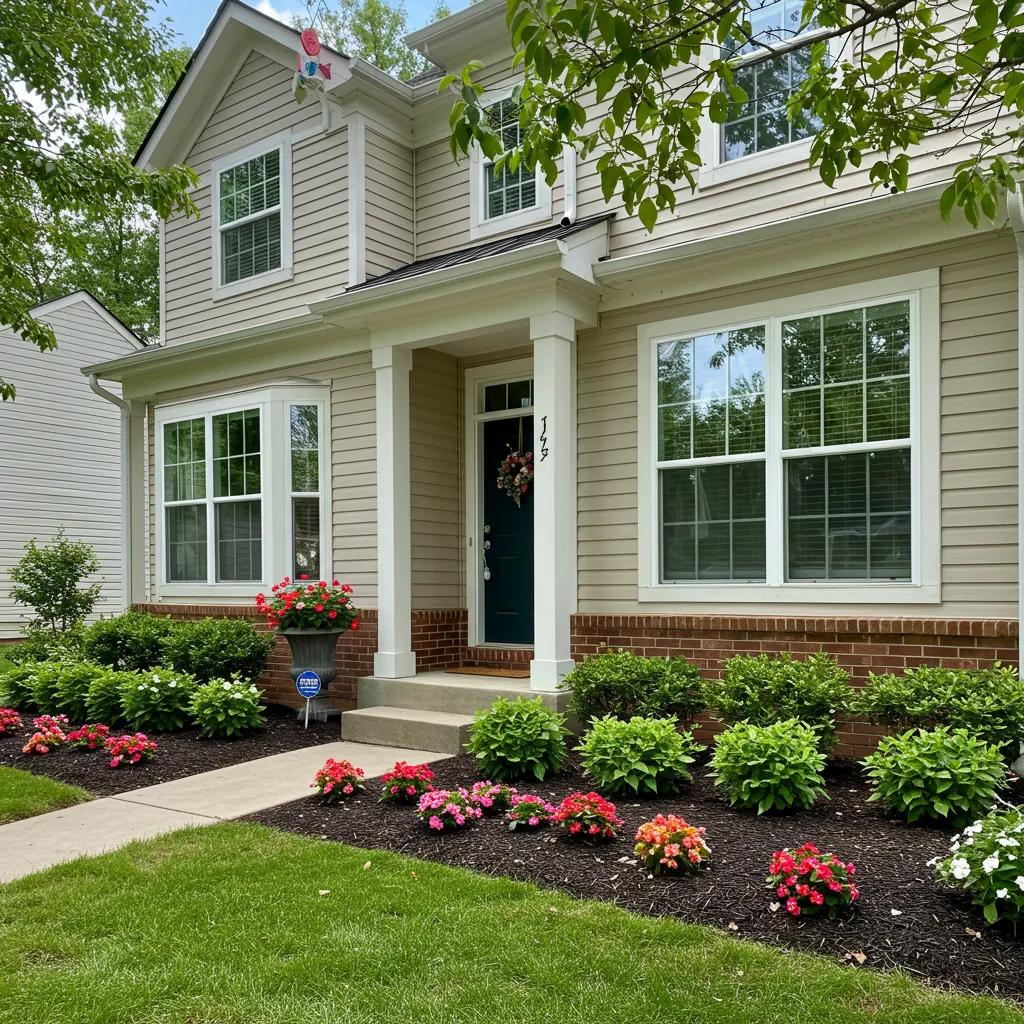As cities around the world continue to grow and evolve, the future of urban planning and development is being shaped by the need for sustainability, inclusivity, and innovation. Revitalizing cities now requires forward-thinking solutions that address environmental concerns, improve quality of life, and create resilient, adaptable spaces for diverse communities.
In this guide, we’ll explore the trends and strategies driving the future of urban development, from green infrastructure and smart technologies to community-centered design.
Whether you’re a city planner, developer, or simply passionate about the future of urban planning programs and living, discover how these changes are reshaping cities into vibrant, sustainable hubs that thrive in the face of modern challenges.
Building Tomorrow’s Cities: How Does Urban Planning and Development Shape Our World?
Sustainable Urban Design: Redefining Cityscapes
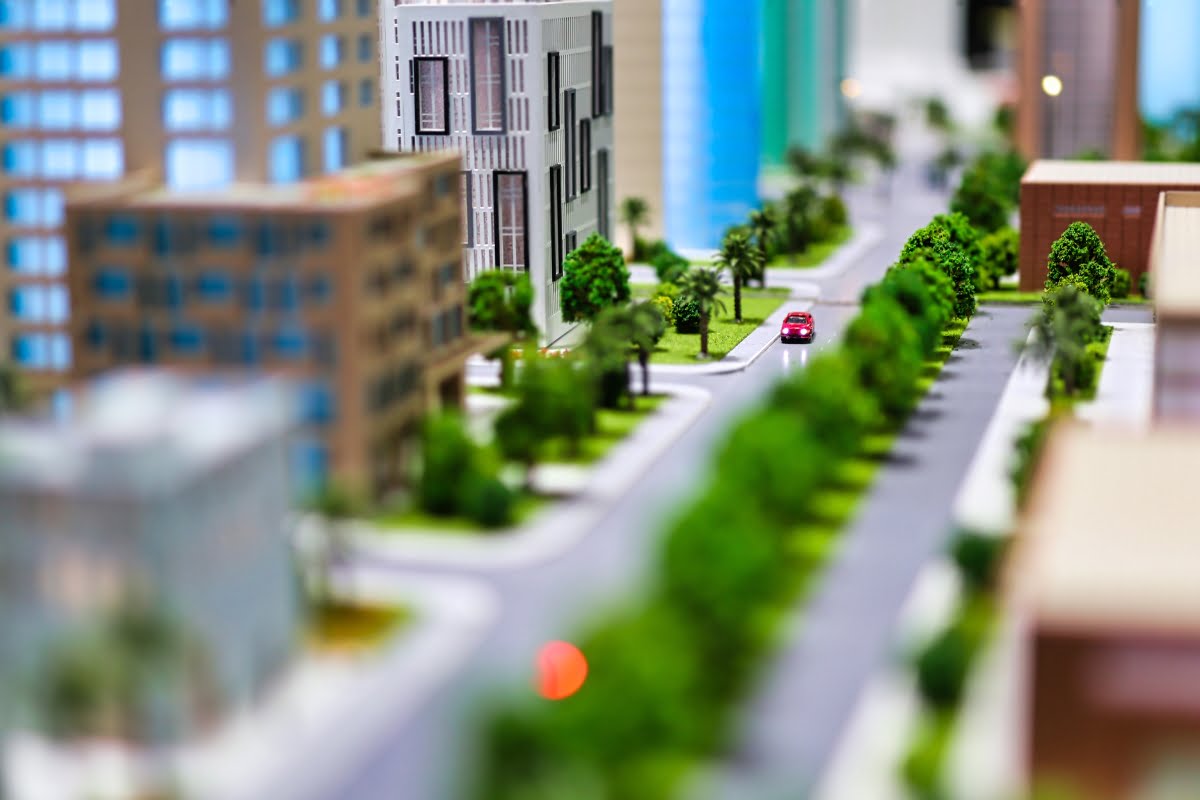
One of the key pillars of the future of urban planning and development is sustainable urban design. Traditional cityscapes have often been characterized by sprawling concrete jungles, with little regard for the environment or the well-being of its inhabitants.
However, a paradigm shift is underway, with cities around the world embracing sustainable design principles to create more livable and environmentally friendly spaces.
Sustainable urban design focuses on minimizing the ecological footprint of cities while maximizing their efficiency and functionality. This approach takes into account factors such as energy consumption, waste management, water conservation, and green spaces. By integrating these elements into the fabric of urban landscapes, cities can reduce their environmental impact and improve the quality of life for their residents.
One example of sustainable urban design is the incorporation of green roofs in buildings. Green roofs are covered with vegetation, which helps to mitigate the urban heat island effect by reducing surface temperatures and improving air quality.
Green roofs offer insulation, thereby cutting down on energy usage for heating and cooling. It’s important to note that they also soak up rainwater, which helps decrease stormwater runoff and eases the burden on drainage systems.
Another aspect of sustainable urban design is the promotion of walkability and cycling infrastructure. By creating pedestrian-friendly streetscapes and dedicated cycling lanes, cities can encourage active transportation options that reduce reliance on cars and promote healthier lifestyles. This not only reduces traffic congestion but also improves air quality by reducing emissions from vehicles.
Technological Integration: The Backbone of Smart Cities

In today’s digital age, technology plays a crucial role in shaping the future of urban planning and development. The integration of advanced technologies into city infrastructure has given rise to smart cities—urban areas that leverage data and connectivity to enhance efficiency, sustainability, and quality of life.
One example of technological integration in urban planning is the use of smart grids. Smart grids are intelligent electrical grids that optimize energy distribution and consumption.
By leveraging real-time data and analytics, smart grids can identify areas of high energy demand and adjust supply accordingly, reducing wastage and improving overall efficiency. This not only helps to reduce carbon emissions but also ensures a more reliable and resilient energy infrastructure.
Another aspect of technological integration is the implementation of smart transportation systems. These systems utilize sensors, data analytics, and communication networks to optimize traffic flow, reduce congestion, and improve public transportation services. For example, intelligent traffic management systems can dynamically adjust signal timings based on real-time traffic conditions, reducing travel times and fuel consumption.
Technology can also be harnessed to improve public safety in cities. The use of surveillance cameras, facial recognition software, and predictive analytics can help law enforcement agencies detect and prevent crime more effectively. Sensor-based monitoring systems can provide early warnings for natural disasters such as earthquakes or floods, enabling timely evacuation measures.
Community Engagement: Fostering Inclusive Urban Environments

Inclusive urban environments are those that prioritize the needs and aspirations of all residents, regardless of their age, gender, socioeconomic status, or physical abilities. Community engagement plays a crucial role in fostering such environments by involving residents in the decision-making processes that shape their cities.
One way to promote community engagement is through participatory planning initiatives. These initiatives involve residents in the design and development stages of urban projects by seeking their input through surveys, workshops, or public consultations.
By including diverse perspectives in the decision-making process, cities can ensure that their development plans reflect the needs and aspirations of all residents.
Another aspect of community engagement is the creation of inclusive public spaces. Public spaces are essential for social interaction and community cohesion; however, they are often designed without considering the diverse needs of different user groups. By incorporating universal design principles, cities can create public spaces that are accessible and welcoming to everyone, regardless of their physical abilities.
Community engagement can also be fostered through the promotion of local entrepreneurship and cultural initiatives. By supporting local businesses and cultural organizations, cities can create vibrant and inclusive urban environments that celebrate diversity and foster a sense of belonging among residents.
How Urban Planning and Development Shapes Tomorrow’s Cities
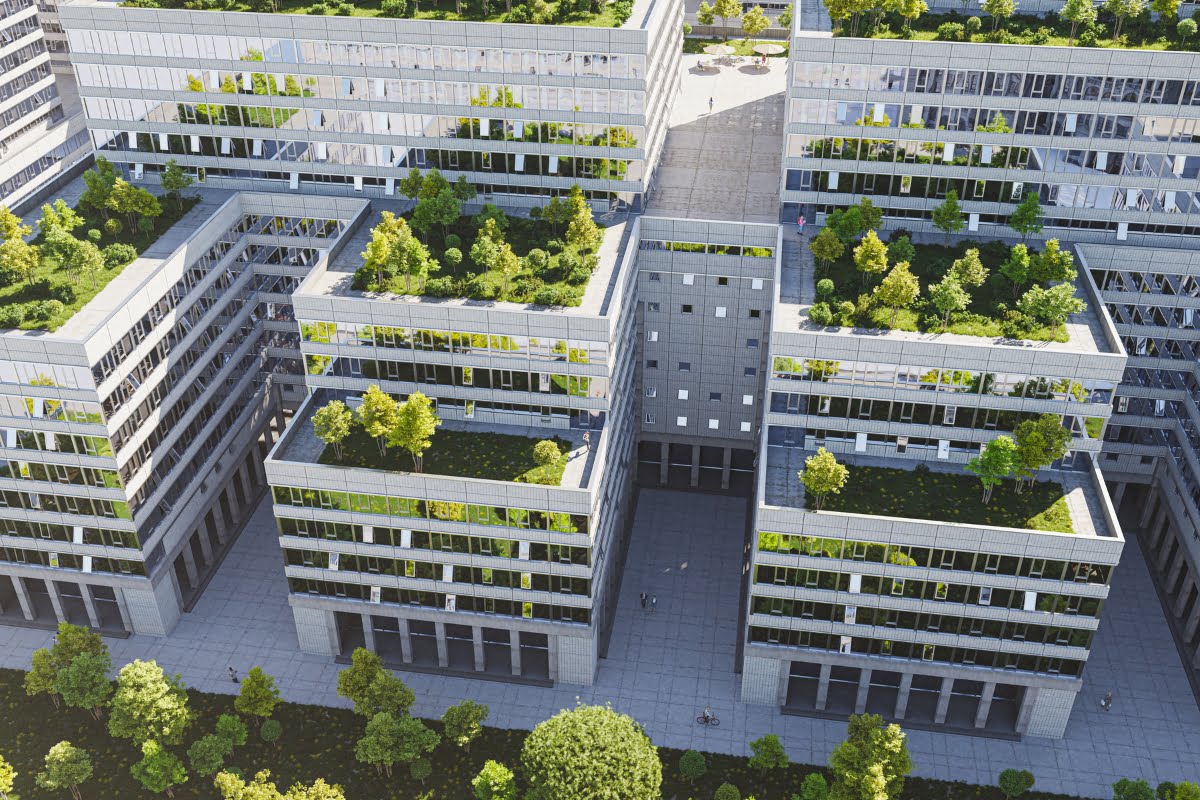
Green infrastructure refers to the network of natural and semi-natural spaces within urban areas that provide multiple environmental, social, and economic benefits. It includes elements such as parks, gardens, green roofs, urban forests, wetlands, and green walls.
One of the key benefits of green infrastructure is its ability to mitigate the adverse effects of climate change. Urban areas are particularly vulnerable to extreme weather events such as heatwaves or heavy rainfall. Green infrastructure helps to reduce these risks by providing natural cooling through shade and evapotranspiration and absorbing excess rainwater through permeable surfaces.
In addition to climate resilience, green infrastructure also enhances biodiversity in cities by providing habitats for plants and animals. This not only contributes to the conservation of native species but also improves overall ecosystem health.
Green spaces have also been shown to have positive effects on mental health and well-being by providing opportunities for recreation, relaxation, and connection with nature.
Moreover, green infrastructure can also contribute to economic development by attracting tourism and investment. Cities with well-designed parks or waterfront promenades often become popular destinations for both residents and visitors alike. Green roofs or vertical gardens also can enhance property values by improving aesthetics while reducing energy costs.
Resilient Cities: Adapting to Climate Change Challenges

Climate change poses significant challenges to cities around the world, including rising temperatures, increased frequency and intensity of extreme weather events, and sea-level rise. Resilient cities are those that are able to adapt and bounce back from these challenges by implementing strategies that enhance their ability to withstand and recover from shocks and stresses.
One key aspect of building resilience is improving urban infrastructure. This includes measures such as upgrading stormwater drainage systems to cope with increased rainfall or implementing flood protection measures in low-lying areas. Cities can invest in green infrastructure solutions such as coastal wetlands or mangroves, which act as natural buffers against storm surges.
Another important component of resilience is the diversification of energy sources. By reducing reliance on fossil fuels and transitioning to renewable energy sources such as solar or wind power, cities can become more resilient to disruptions in the energy supply chain. Decentralized energy systems such as microgrids can ensure a more reliable and resilient energy infrastructure.
Building community resilience is also crucial for adapting to climate change challenges. This involves raising awareness among residents about climate risks and providing them with the knowledge and tools to take appropriate actions. For example, cities can implement early warning systems for extreme weather events or provide training on disaster preparedness.
Mobility Solutions: Embracing Sustainable Transportation

Sustainable transportation is a key component of the future of urban planning and development. Traditional transportation systems based on private cars have contributed to traffic congestion, air pollution, and carbon emissions in cities. However, innovative mobility solutions are emerging that aim to reduce these negative impacts while improving accessibility and connectivity.
One example of sustainable transportation is the promotion of public transit systems. Efficient and reliable public transportation networks not only reduce traffic congestion but also provide affordable mobility options for all residents. Investing in high-quality pedestrian infrastructure and cycling networks can encourage active transportation modes, further reducing reliance on cars.
Moreover, the rise of shared mobility services such as ride-sharing or bike-sharing has transformed the way people move around cities. These services provide convenient and affordable alternatives to private car ownership, reducing the number of vehicles on the road and freeing up valuable urban space for other uses.
Electric vehicles (EVs) are playing an increasingly important role in sustainable transportation. As technology advances and EV charging infrastructure becomes more widespread, cities can transition to a cleaner and greener transportation system. By incentivizing EV adoption through subsidies or preferential parking, cities can accelerate this transition and reduce their carbon footprint.
Cultural Preservation: Balancing Modernity with Heritage
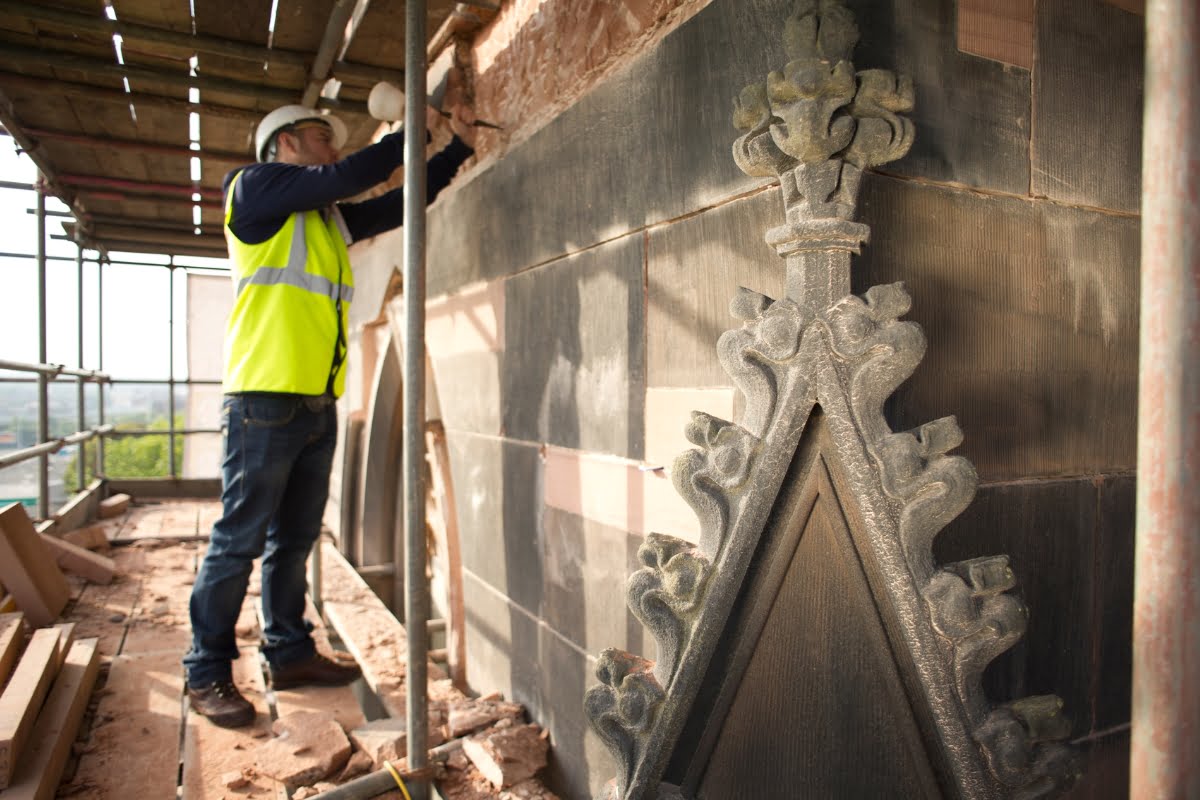
Preserving cultural heritage is an essential aspect of urban planning and development. Cities are not just physical spaces; they are also repositories of history, culture, and identity. Balancing modernity with heritage is crucial to creating cities that are both forward-looking and rooted in their unique cultural identities.
One way to achieve this balance is through adaptive reuse of historic buildings. Instead of demolishing old structures, cities can repurpose them for new uses while preserving their architectural integrity. This not only helps to retain a sense of place but also reduces waste by avoiding unnecessary construction.
Public art installations or cultural festivals can celebrate local traditions and foster a sense of pride among residents. By integrating art into public spaces or organizing events that showcase traditional music, dance or crafts, cities can create vibrant cultural landscapes that attract both residents and visitors.
Preserving intangible cultural heritage is equally important. This includes traditions, rituals, languages or knowledge systems that are passed down from generation to generation. By supporting initiatives that promote local craftsmanship or indigenous knowledge systems, cities can ensure the continuity of cultural practices that define their unique identities.
Policy Innovations: Shaping the Future of Urban Planning
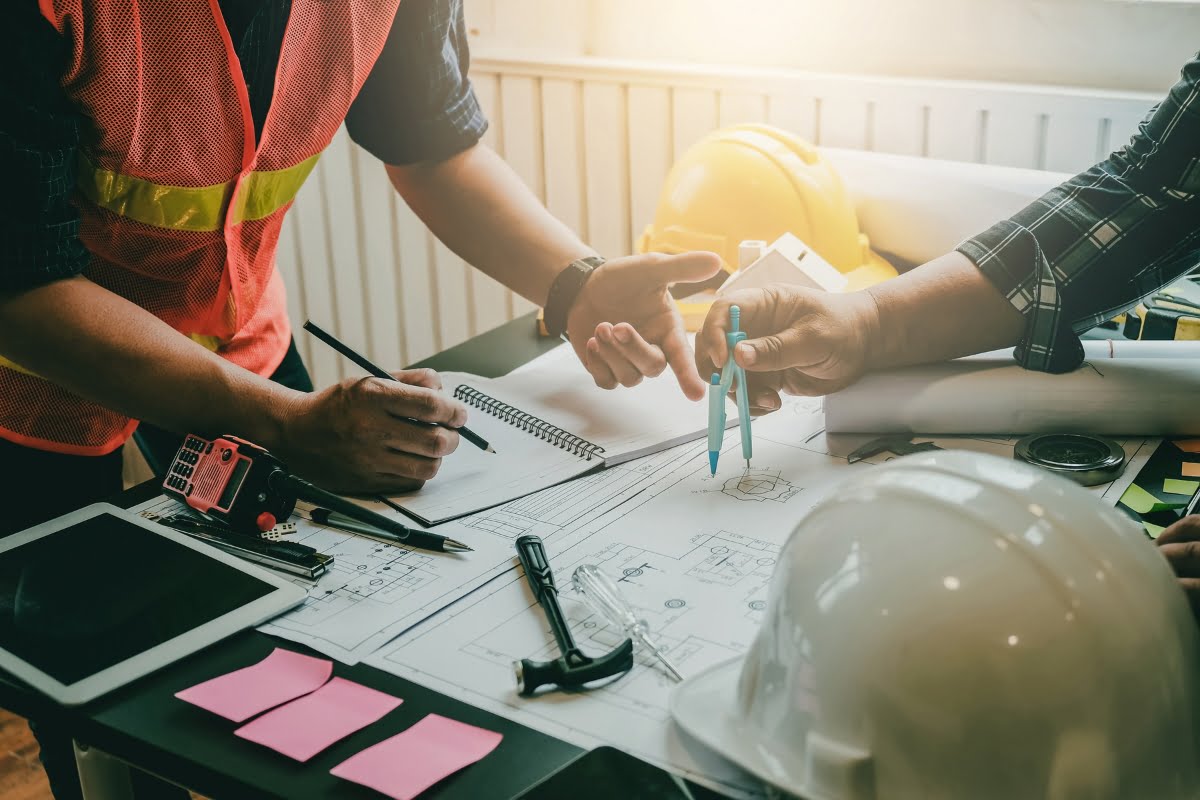
The future of urban planning and development is not just about technological advancements or architectural design; it is also about innovative policies and governance structures that enable cities to thrive. Forward-thinking policies can create an enabling environment for sustainable and inclusive urban development.
One example of policy innovation is the implementation of zoning regulations that promote mixed-use development. By allowing a mix of residential, commercial, and recreational activities within the same area, cities can reduce commuting distances and promote vibrant neighborhoods where people can live, work, and play.
Policies that incentivize green building practices can drive the adoption of sustainable design principles. This includes measures such as tax incentives for energy-efficient buildings or mandatory green building certifications for new constructions. By making sustainable choices more economically viable, cities can accelerate the transition to greener built environments.
Participatory budgeting is an innovative approach to decision-making that involves residents in allocating public funds. By giving citizens a say in how public resources are spent, cities can ensure that investments align with community priorities and address their most pressing needs.
Conclusion: Embracing the Future of Urban Living
Urban planning and development is a complex and ever-evolving field, but by prioritizing sustainability, inclusivity, and resilience, we can shape the future of our cities for generations to come. Let us embrace this future of urban living—a future where every detail is meticulously planned to create harmonized, thriving urban centers that enhance the well-being and quality of life for all.
As cities evolve and embrace the future of urban planning and development, it’s important to choose a partner who understands the need for sustainable, innovative solutions. FD Remodeling Company is ready to help you revitalize your space with our residential and commercial remodeling services. Contact us at 404-857-5582 or fill out our online form for a free estimate, and let us bring your urban development dreams to life!
